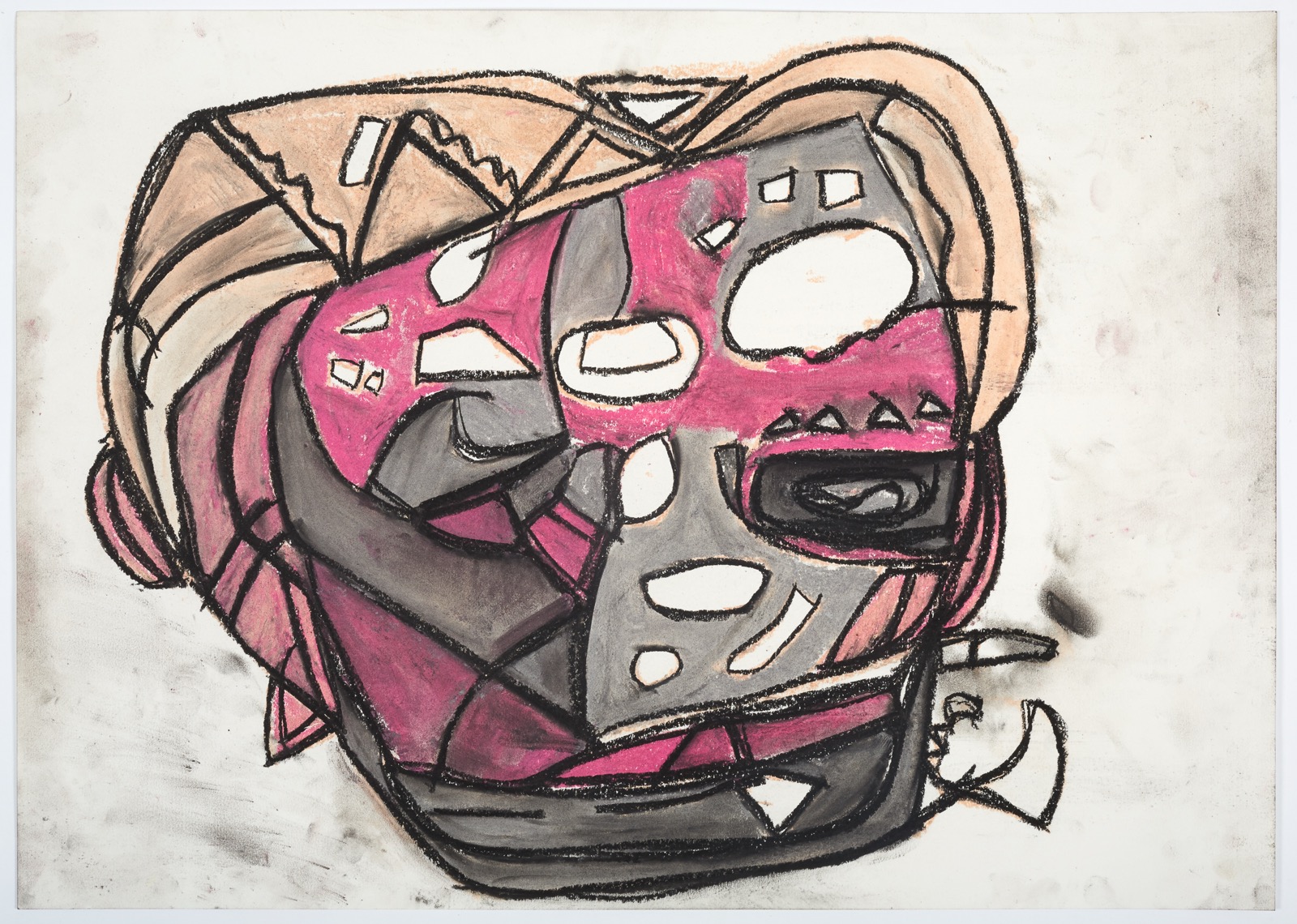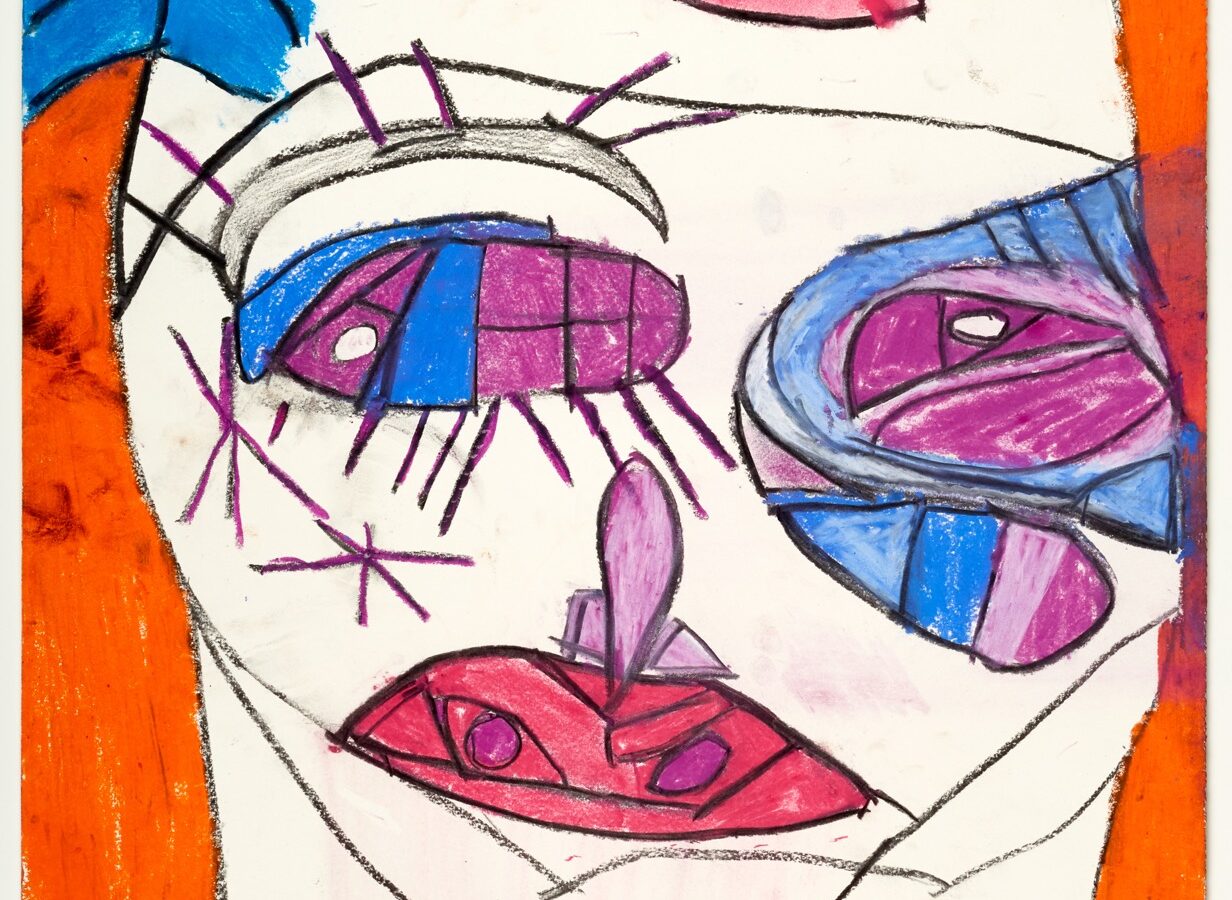Clifton Wright is an up-and-coming name in British art. His work has been acquired and exhibited by the Victoria and Albert Museum and collected by the Arts Council. It has toured the UK and Europe, shown in venues as venerable as Tate Modern and the Whitechapel Gallery.
Now we find Wright alongside big names such as Essex’s very own star potter Grayson Perry in a captivating exhibition, Lunar Lullabies, at the Firstsite Gallery in Colchester.
Most people know the poem Twinkle, Twinkle, Little Star. But how many know it was written by Colchester poet and novelist Jane Taylor in 1806? Well, we know now, and lucky us because it has inspired this beautiful gallery to put on an exhibition on all things outer space.
The show ranges from children’s toys, models, comics and other artefacts from the space-crazed 1960s and 1970s, though recreations of futurist fantasy space cities to all kinds of space art, sculptures and extra-terrestrial landscapes.
Wright contributes portraits inspired by his exploration of scientific and mathematical objects from London’s Science Museum, and he weaves in references to astronomy, ancient markings and films such as Independence Day.
And just to show us all how talented he is, he throws in a couple of pottery pieces as well.
His outer space portrait series includes some real gems.
Eyelashes Galore shows us Wright at his best as a talented colourist. A distorted, asymmetrical creamy face with blue and purple eyes, red lips, spiky black eyelashes and a smattering of blue hair disappearing off out of the picture sits on a gorgeous orange background.
Cornet 67P is one of Wright’s trademark abstract yet recognisable faces. It could be a Star Wars-like stormtrooper but, through the mask-like facade, it stares right back at us, very much alive and a little bit threatening too.

Wright has spoken about how he creates his portraits and how he sees them as “more about that abstract stuff than who the person is”.
This is why we get that slightly disturbing blank look when we gaze at them – human enough for us to recognise but strange enough to make us worry about exactly what sort of human it is we have come face to face with.
This is perfect for an exhibition about outer space – our imaginings about space are often our darkest imaginings about life here on earth.
He uses a jigsaw metaphor to describe his effects, explaining “a face is the starting point, but the point is the picture. I use the structure of how things slot in the face, and continue it like a jigsaw puzzle across the rest of the picture.”

This is evident in the aptly named Jigsaw Space. As in a bad dream where familiar dimensions have fallen apart, we feel as if we should be able to put it all back together to make something recognisable, but have no idea where we might start.
Powerful stuff, and full of impact.
Wright is from the Intoart artist workshop in South London, which champions people with learning disabilities to be visible, equal and established creatives. Yet here, in his imagining of outer space, he has found himself – confident, powerful and producing images that quietly seep inside you and don’t go away.
He and his work belong here. The art world has found Clifton Wright, and he fits like a glove.





